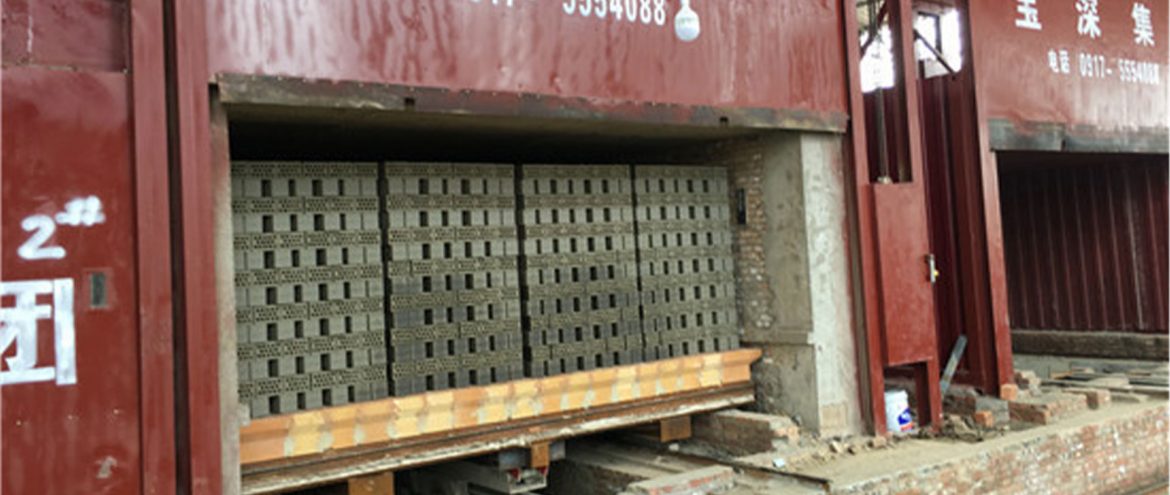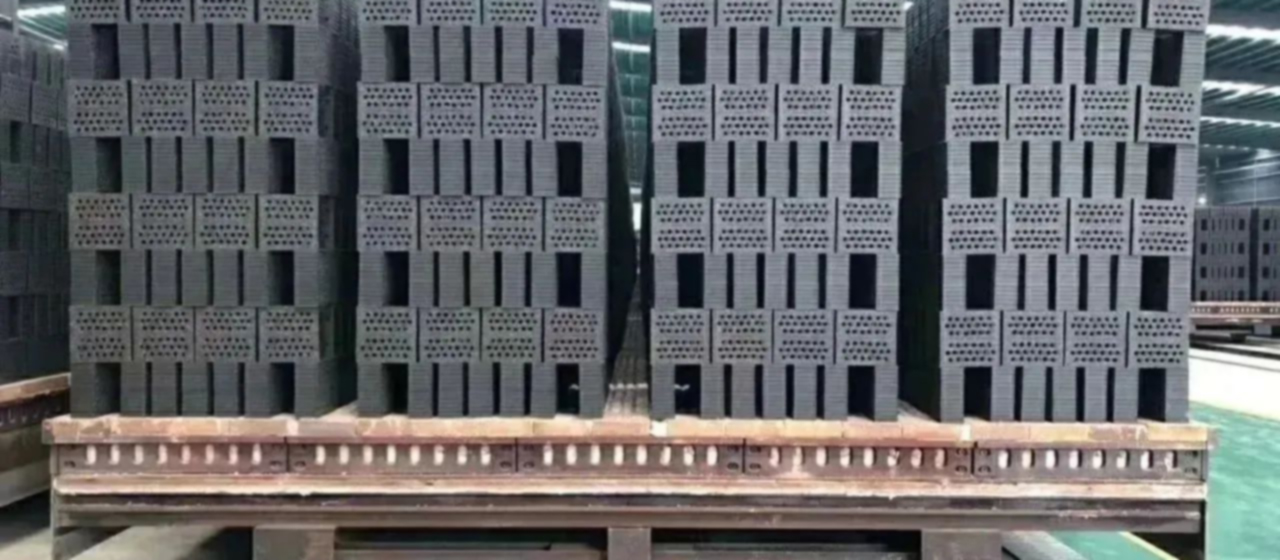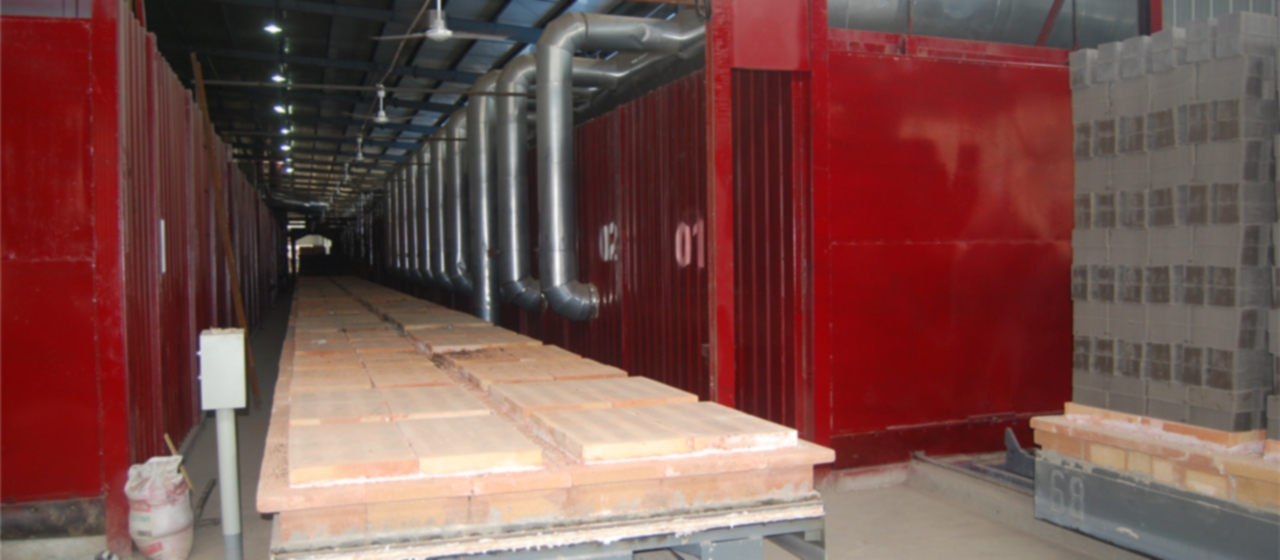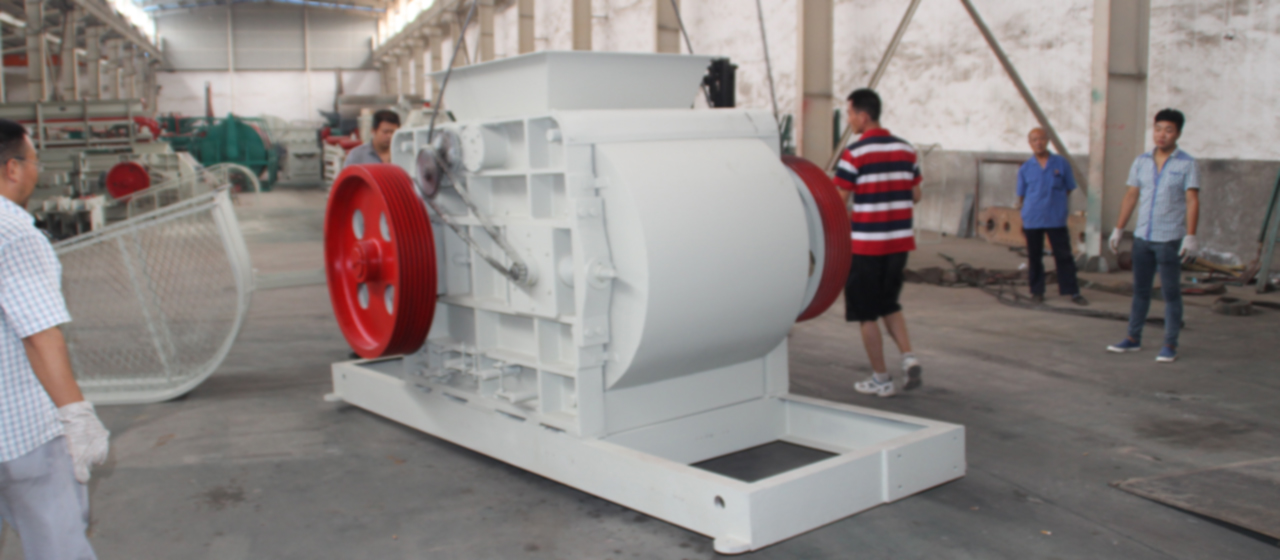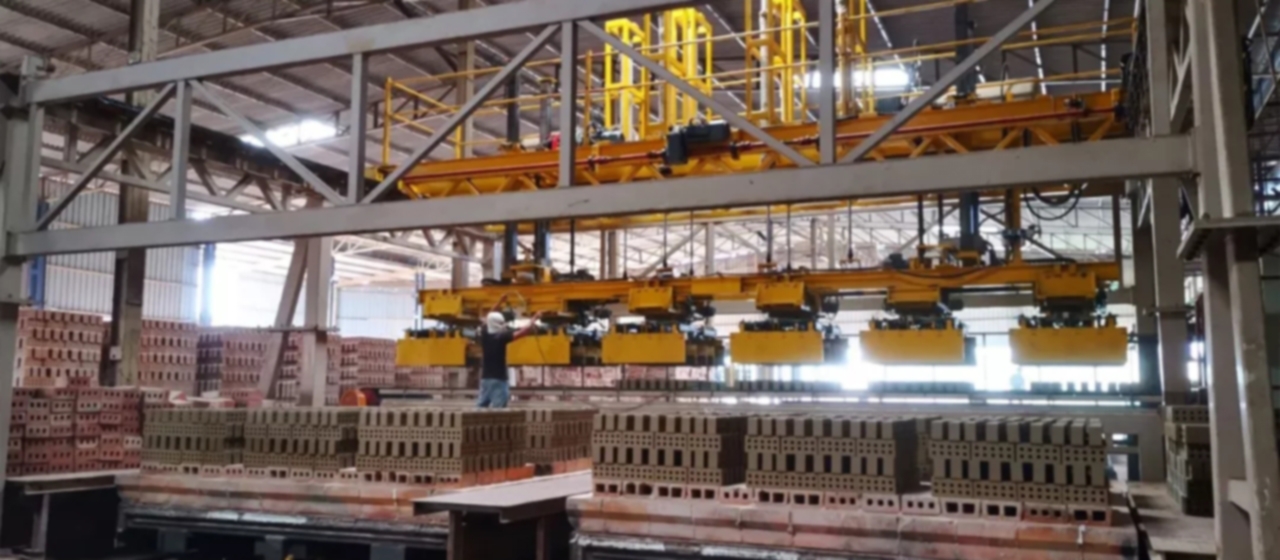How to dry brick in tunnel drying room
The heat source of the tunnel drying kiln mainly uses the hot air formed by the waste heat of the cooling zone of the roasting kiln, and can also use part of the high-temperature flue gas or the hot air formed in the abdominal cavity of the kiln top of the firing zone. In order to ensure the drying quality, it is necessary to strictly control the air temperature, wind speed and pressure in the kiln. In addition, the appropriate drying period should be determined according to the sensitivity coefficient of the brick paste.
The principle of tunnel drying kiln system is: low temperature, large air volume and micro positive pressure operation. The so-called low temperature is 105 ~ 120 ℃ for the general coal gangue perforated brick. If the air temperature is too high, it is easy to cause fine cracks on the surface of the brick. Such bricks will be baked in the baking kiln, and the fine cracks will continue to expand and cause product cracks. The so-called large air volume, first, can provide enough heat for brick drying; Second, large air volume can bring a large amount of moisture out of the drying kiln in time to accelerate the drying of brick. The so-called micro positive pressure operation is to use the micro positive pressure to weaken the air stratification in the kiln, reduce the temperature difference between the top and bottom of the brick stack, and ensure that the whole brick can be dried evenly. Otherwise, it is easy to see that the residual moisture of the upper brick is low, while the residual moisture of the lowest brick is too high.
For bricks made from coal gangue, the residual moisture content of dried bricks shall be less than 2%.
The drying cycle of brick is not only related to the drying sensitivity of clay, but also to the forming moisture and drying hot air temperature of brick. Generally, the drying cycle of coal gangue bricks shall not be less than 22 hours.
The only work of drying is to discharge the moisture during the brick forming. When the forming moisture is high, the drying pressure is also large. The composite ceramic stirring blade produced by Beijing Tiancheng KaiDun is 6-8 times more wear-resistant than the ceramic stirring blade, and the price is more favorable. Large molding moisture is conducive to molding, but it causes trouble for the follow-up work: the molding moisture is large, the brick is soft, which is not conducive to one-time burning, and the softer brick is easy to deform at the bottom of the brick stack; Bricks and bricks are easy to deform and cannot be well dried and sintered; The forming moisture is large, and the shrinkage of the brick is also large. Therefore, the molding moisture should be kept as low as possible.

